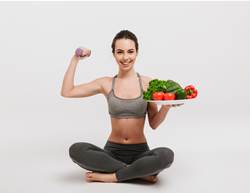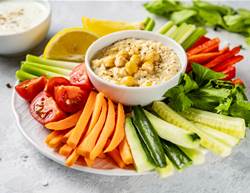As you already know, weight loss isn't as easy as kilojoules in, kilojoules out. The quality of your kilojoules is just as important as the amount you consume. That said, it's still important to pay attention to the numbers if you're serious about slimming down. Loading up on low-kJ foods high in fibre and protein will help you stay fuller longer and stave off cravings, so you're not tempted to nosh on unhealthy foods. Here are the best low-kJ foods to add to your diet to help you reach your weight-loss goals.
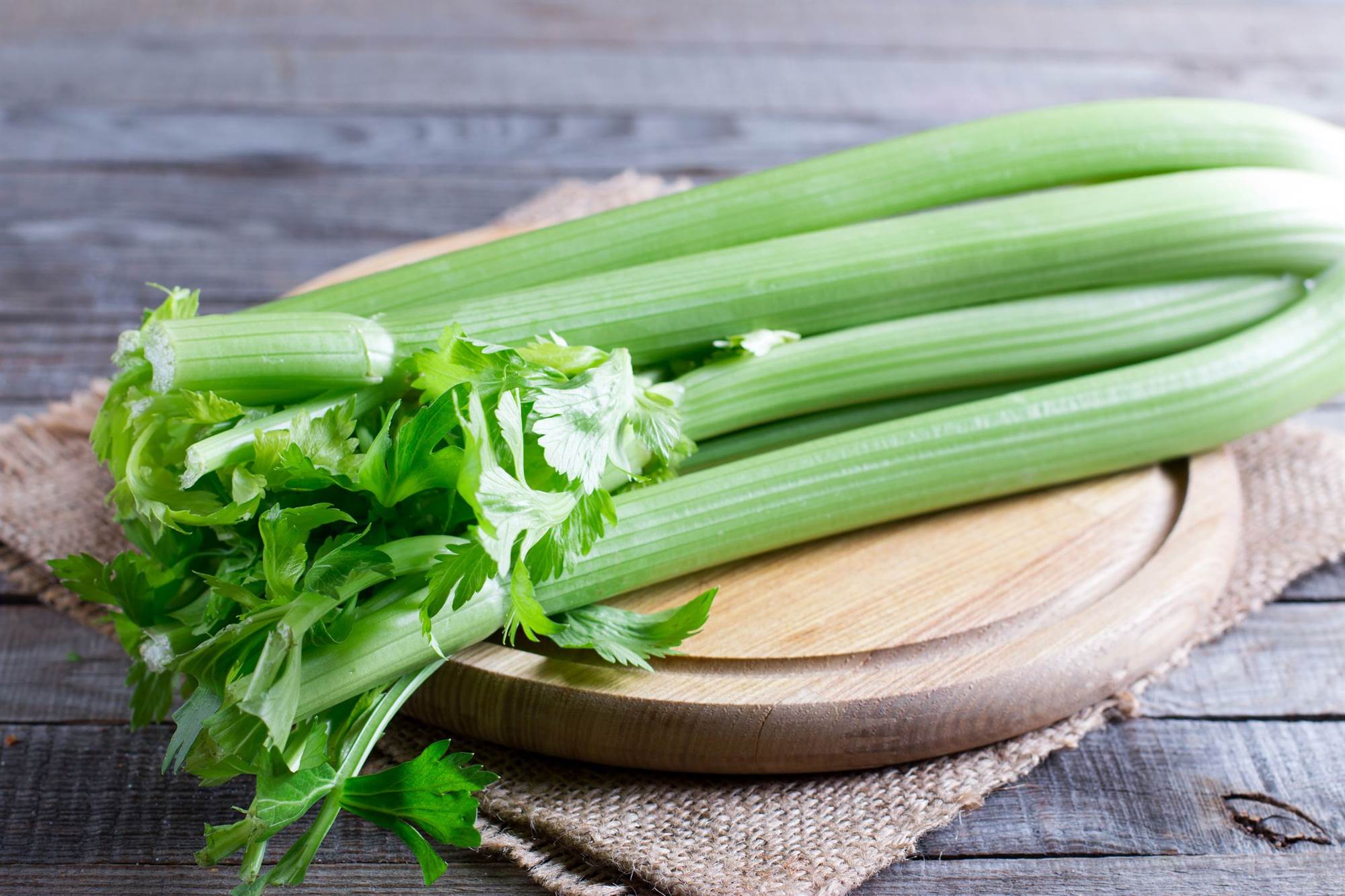
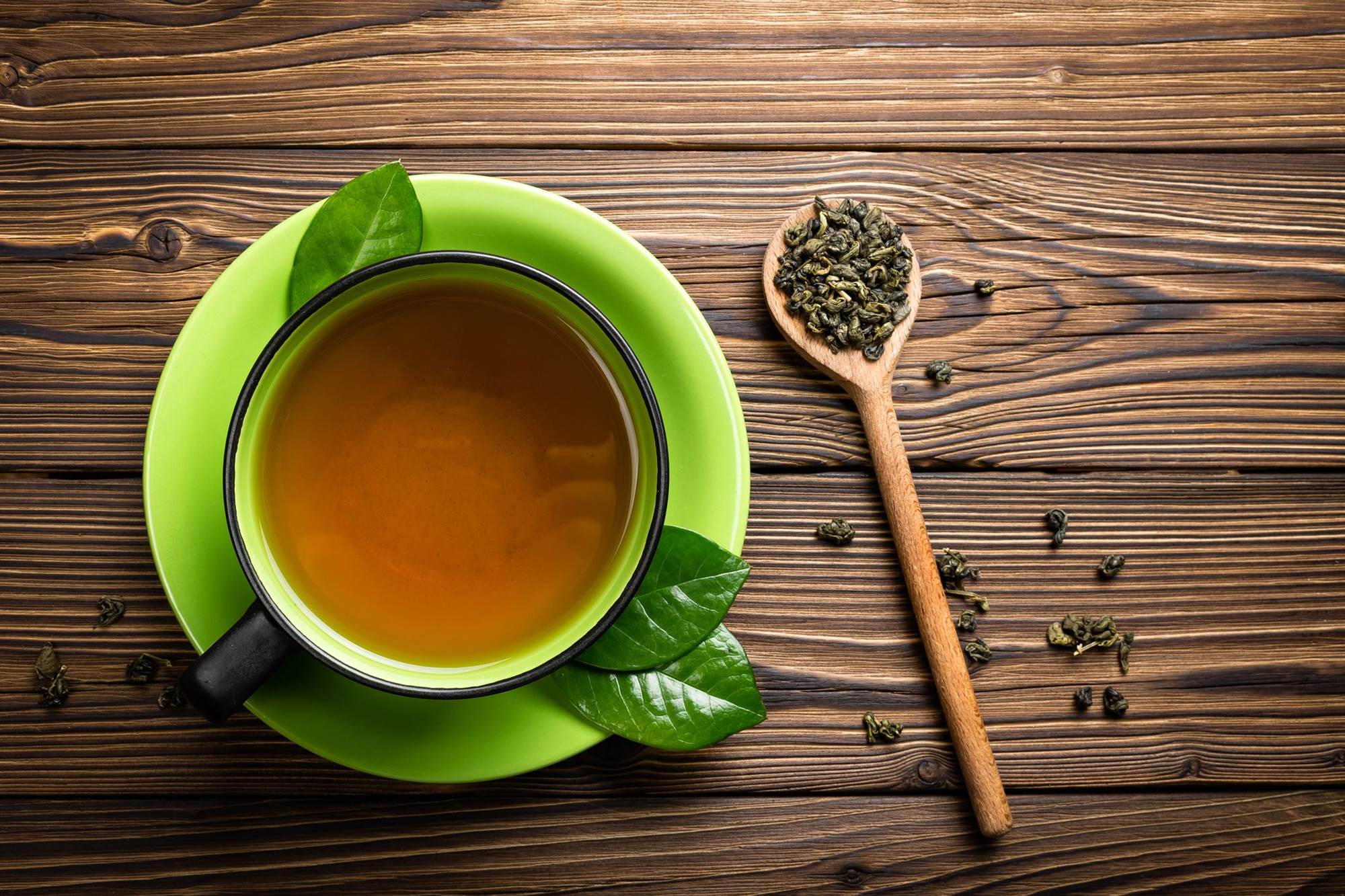
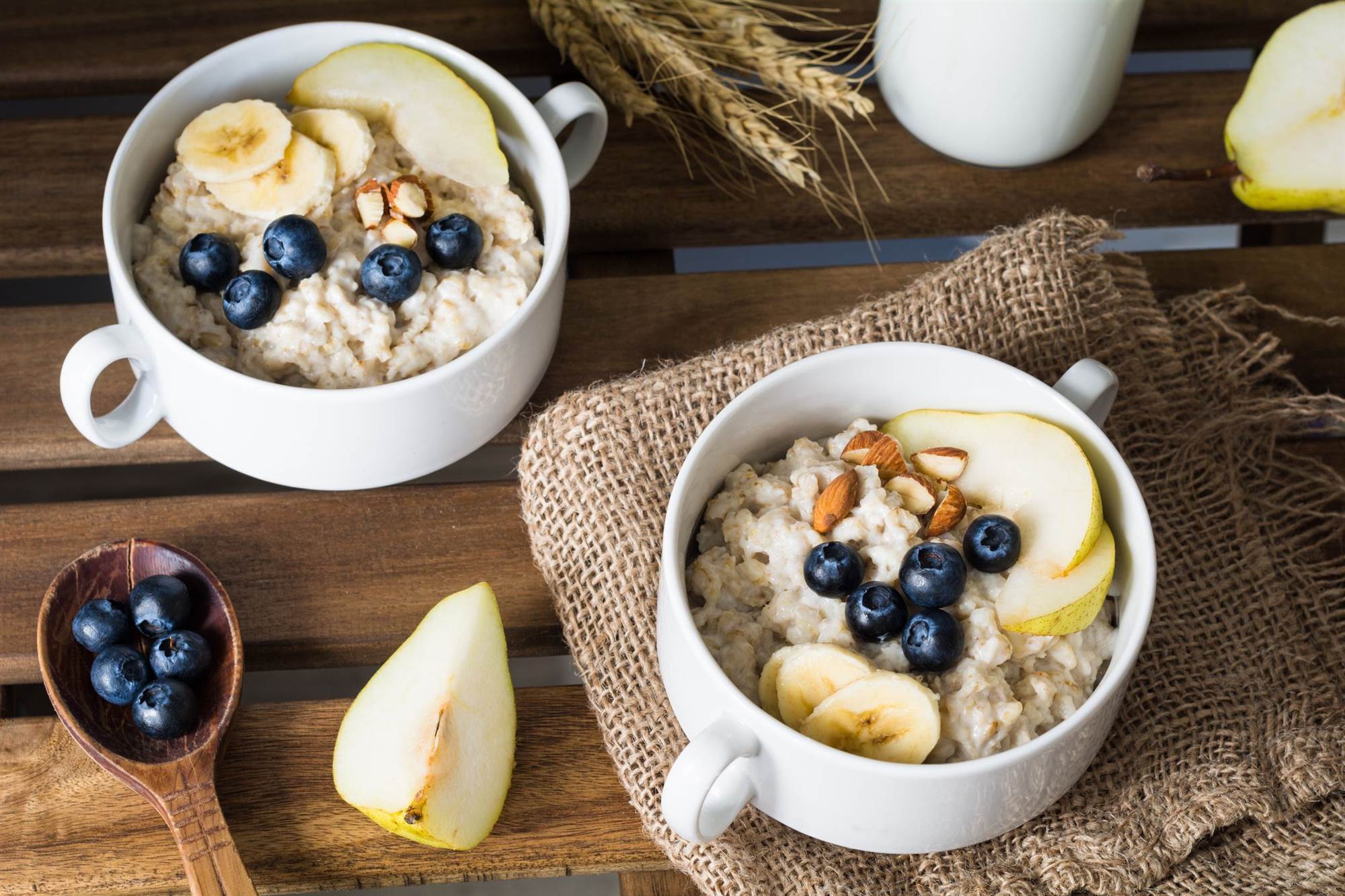
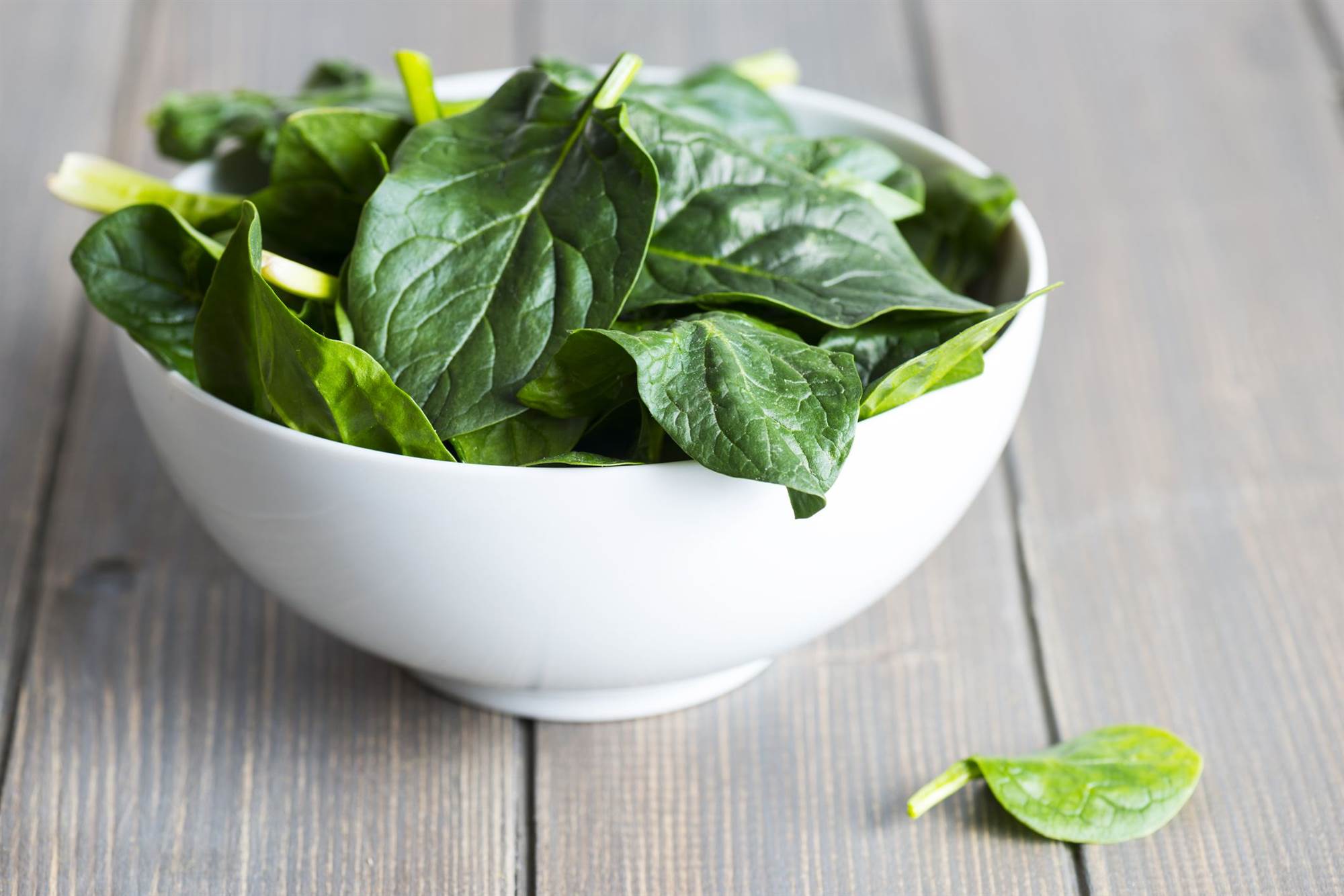
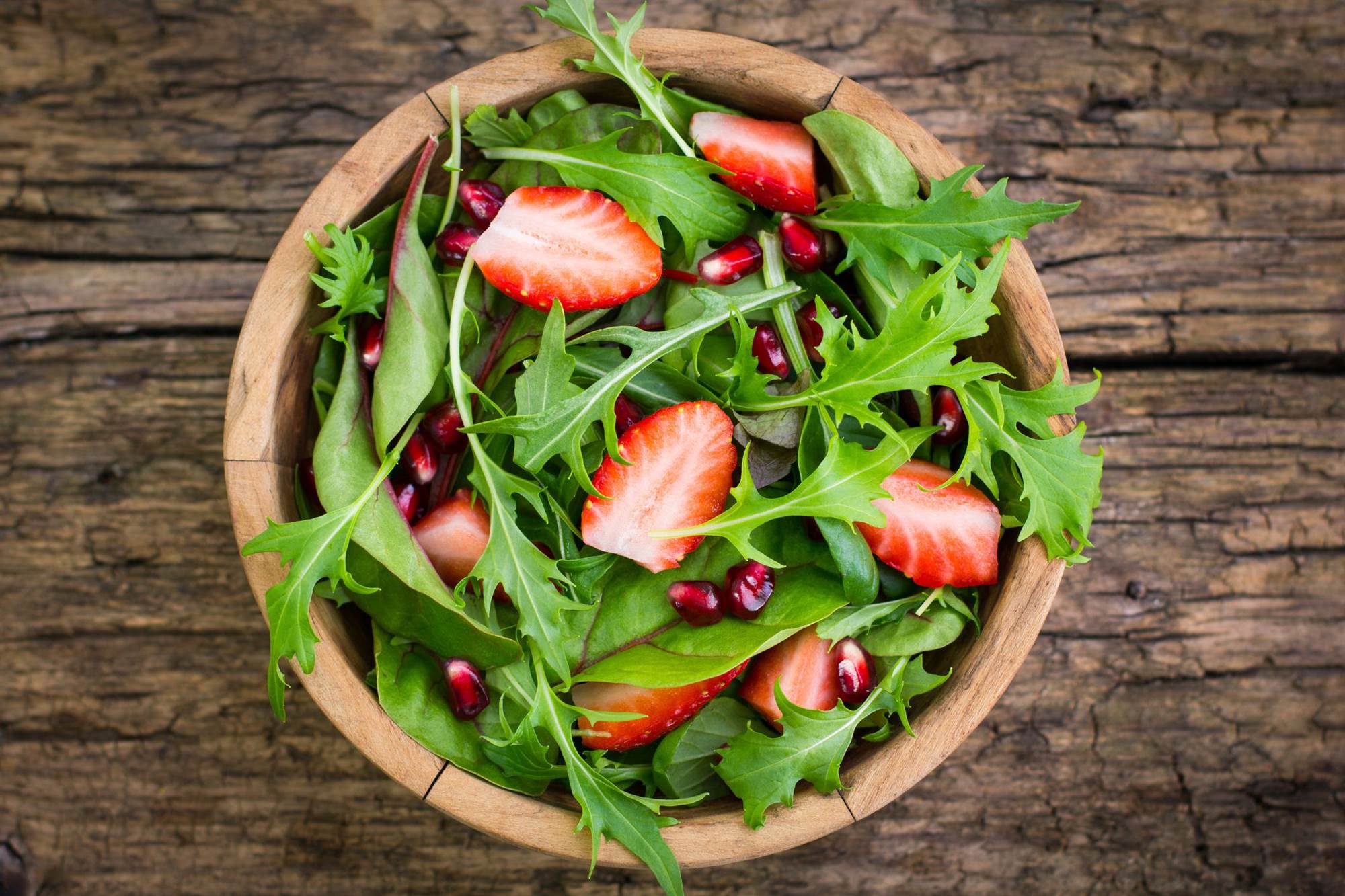
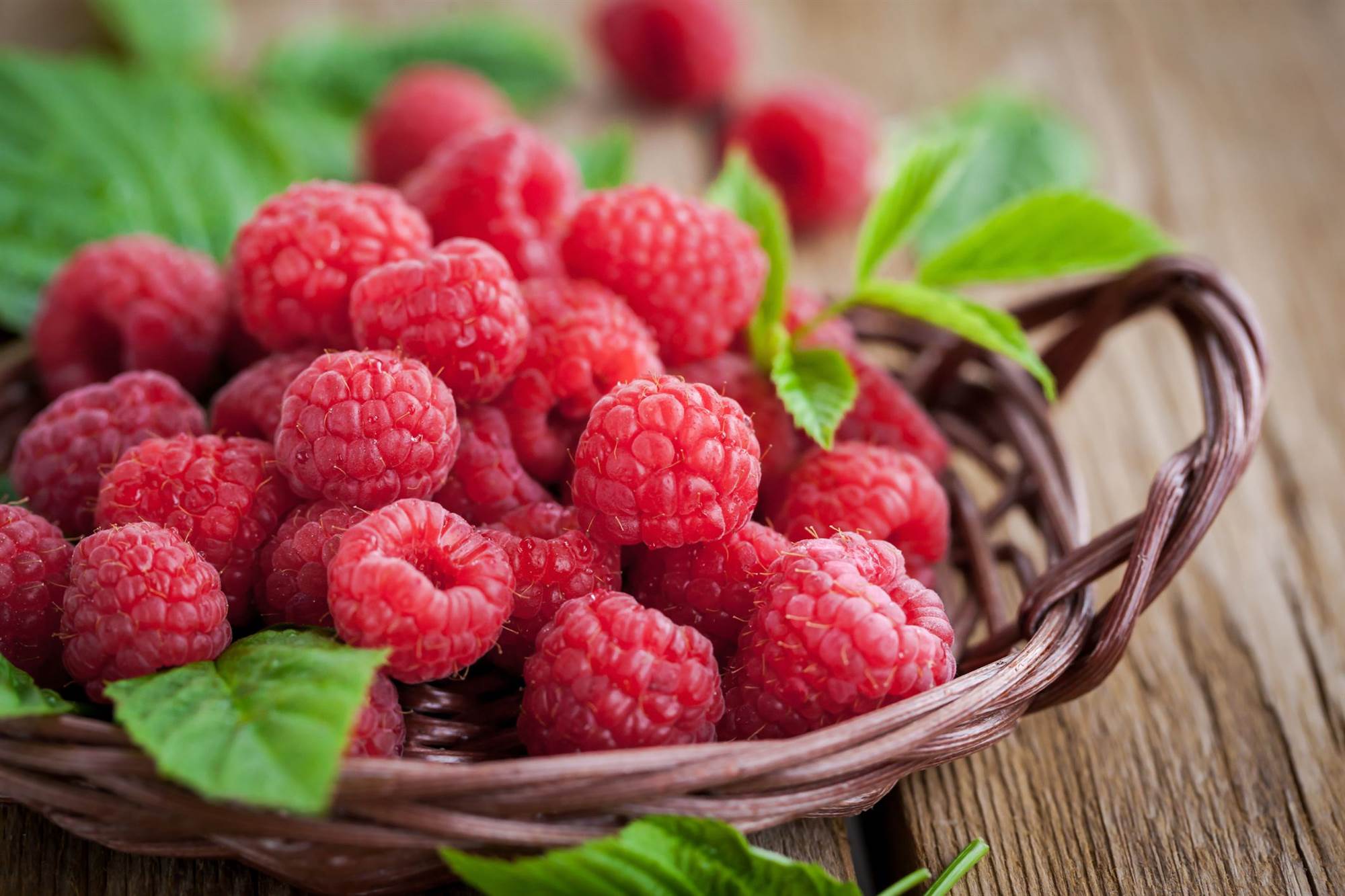
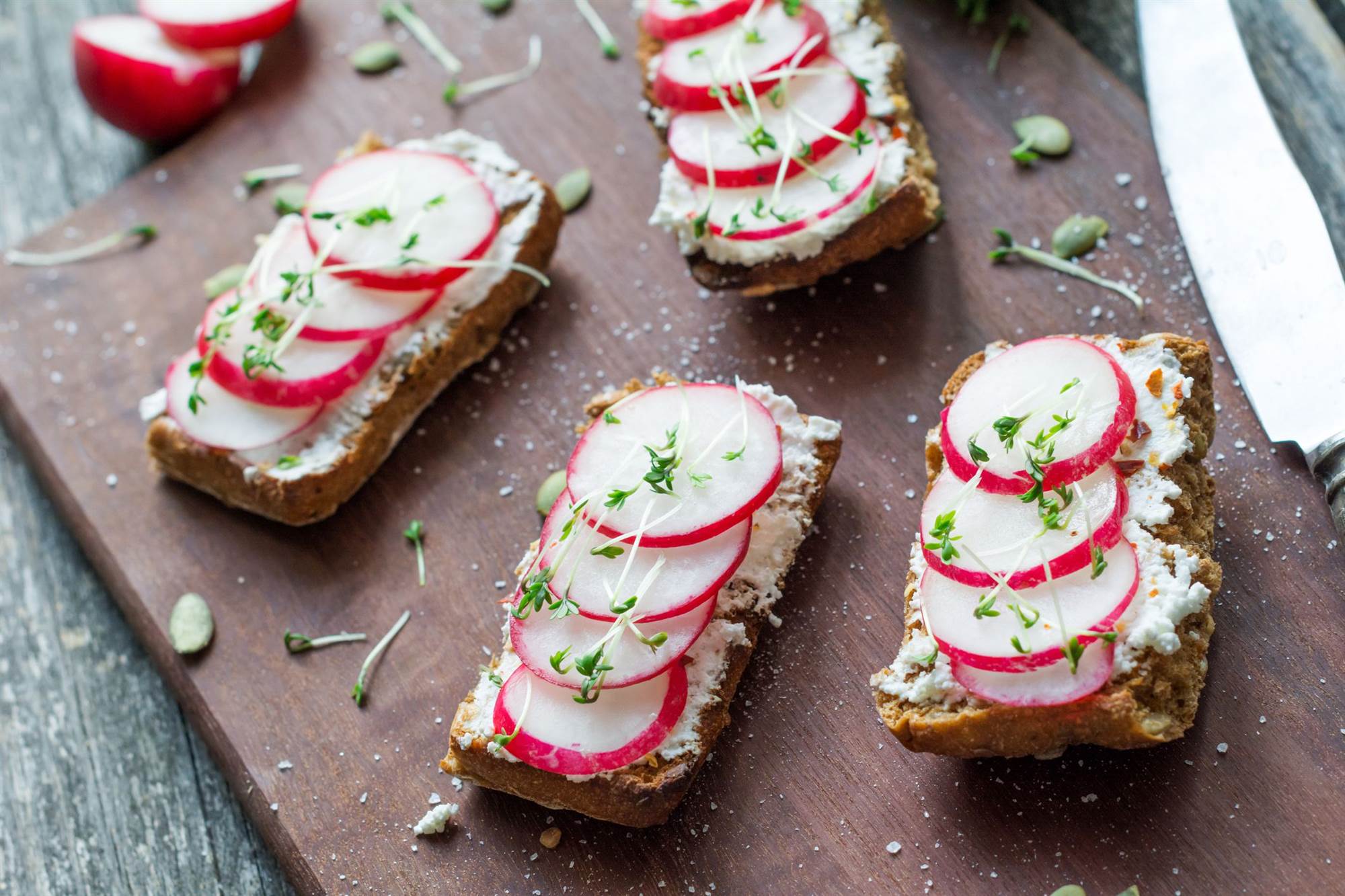
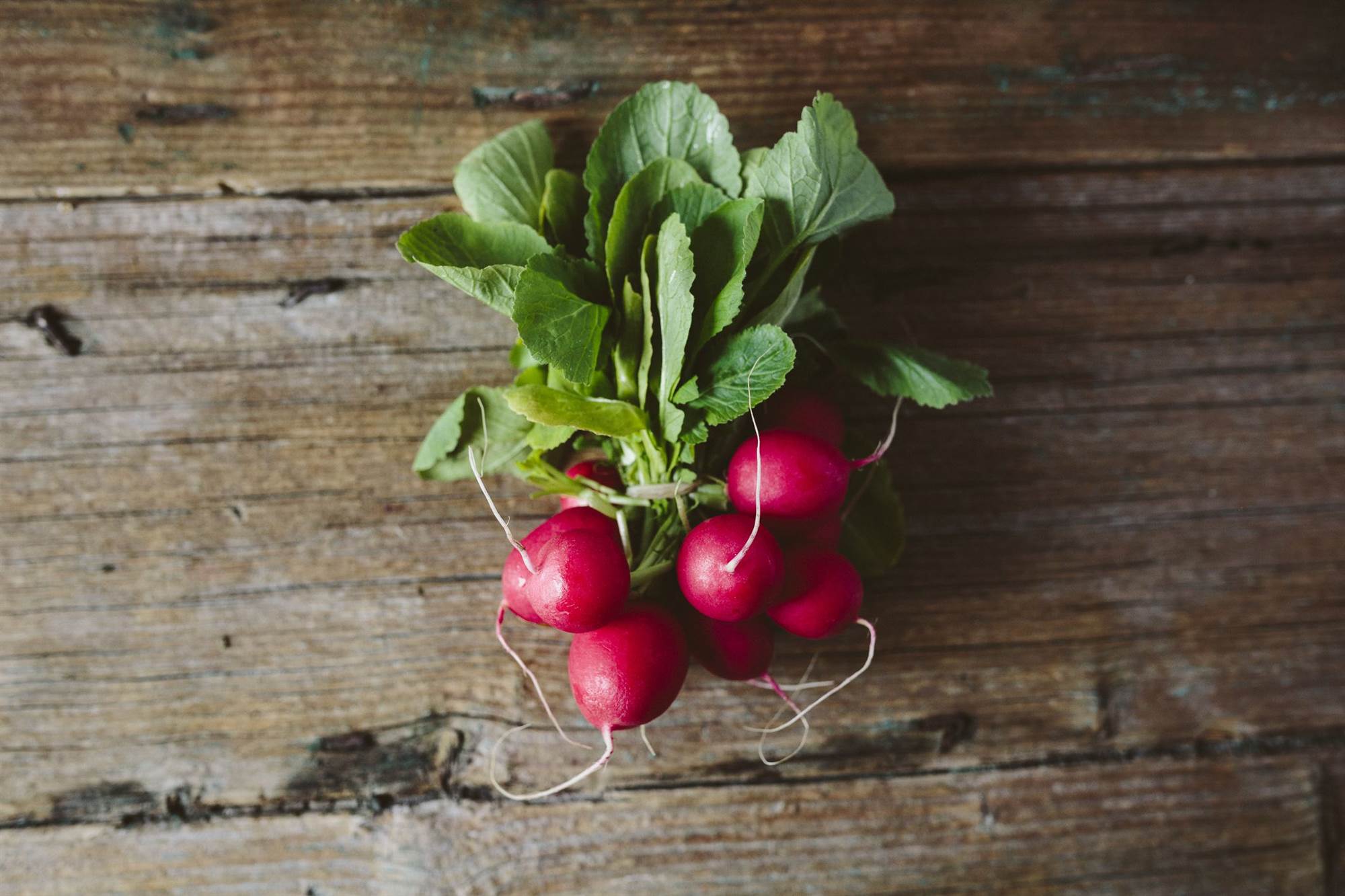
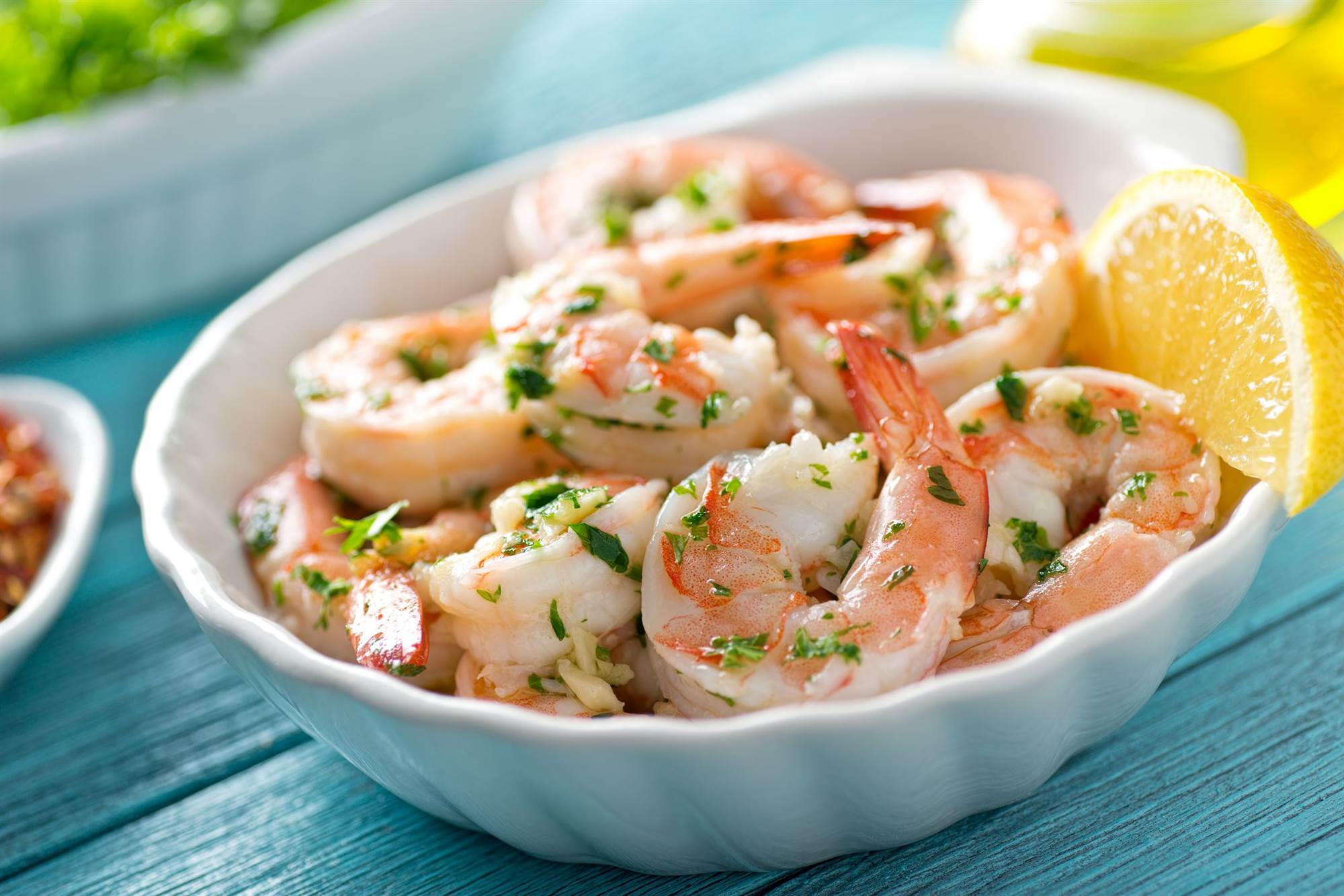
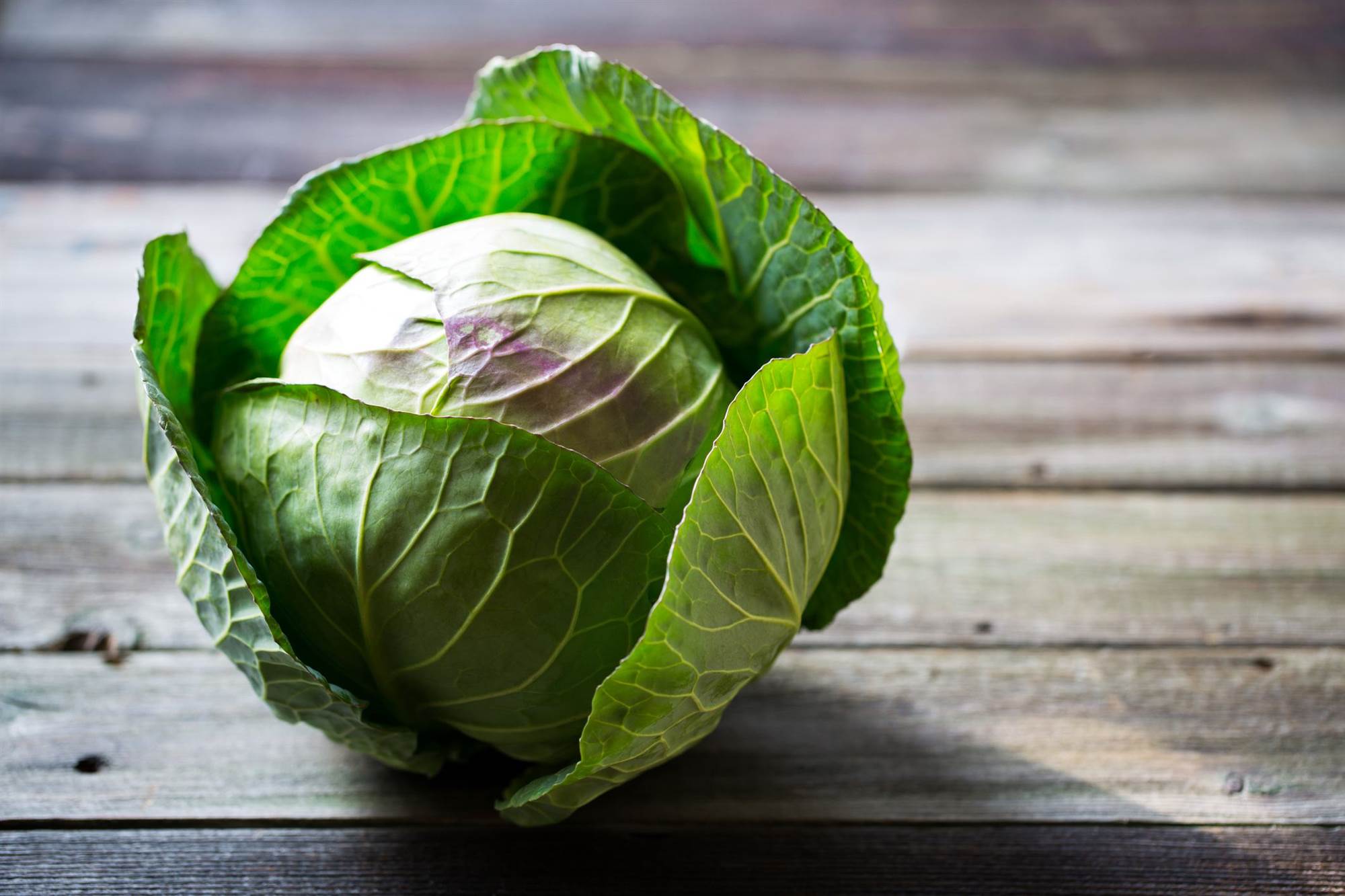

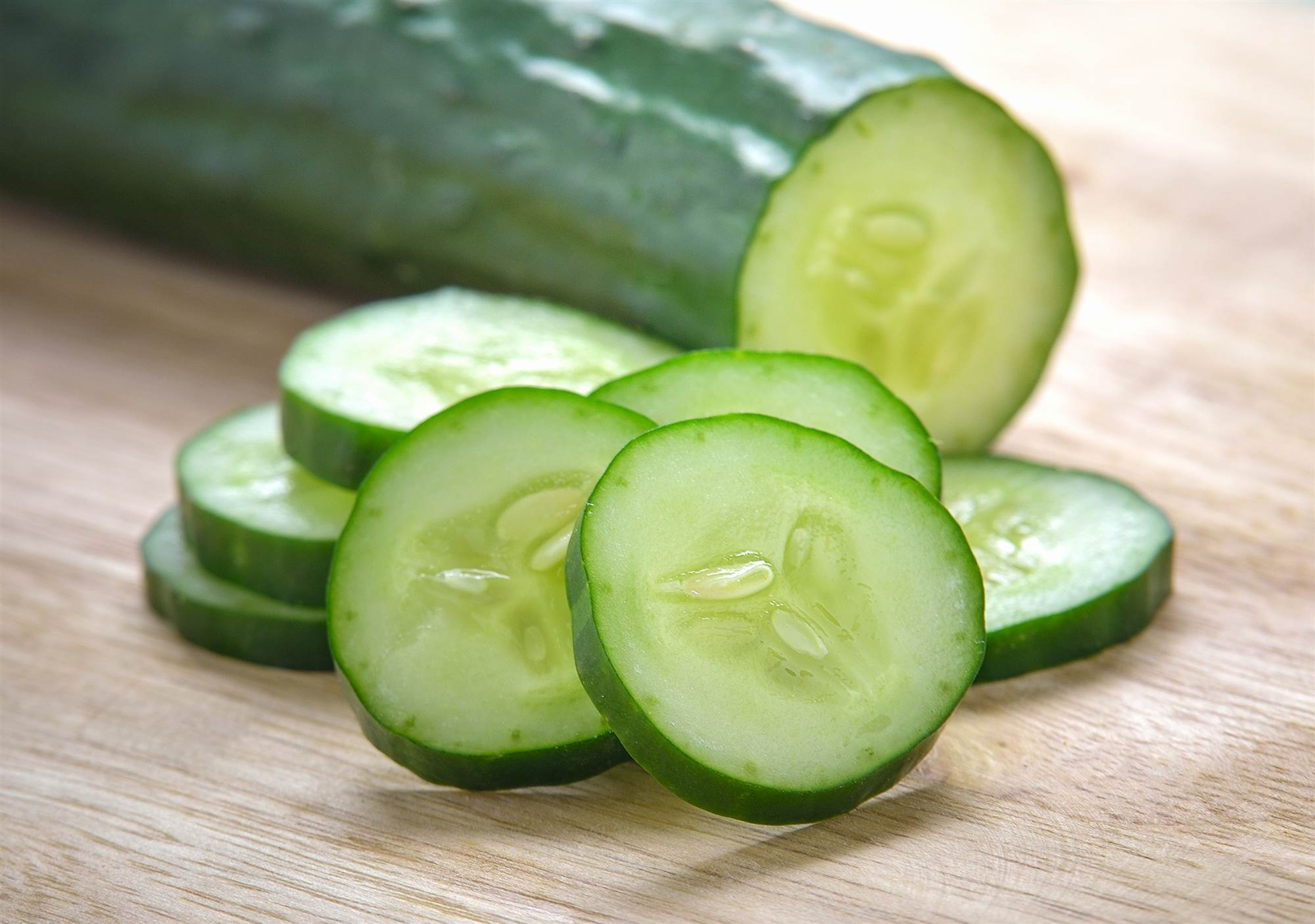
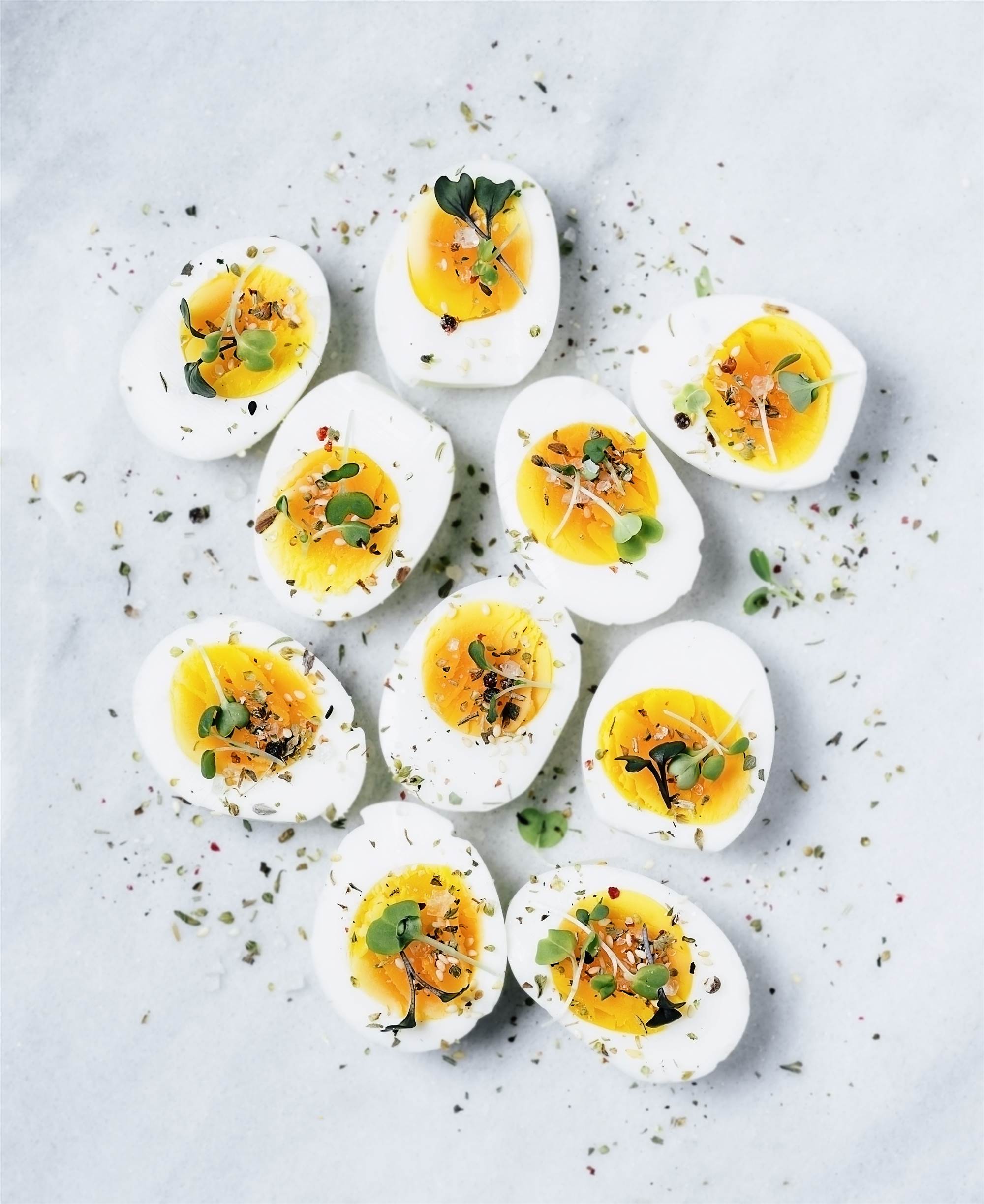
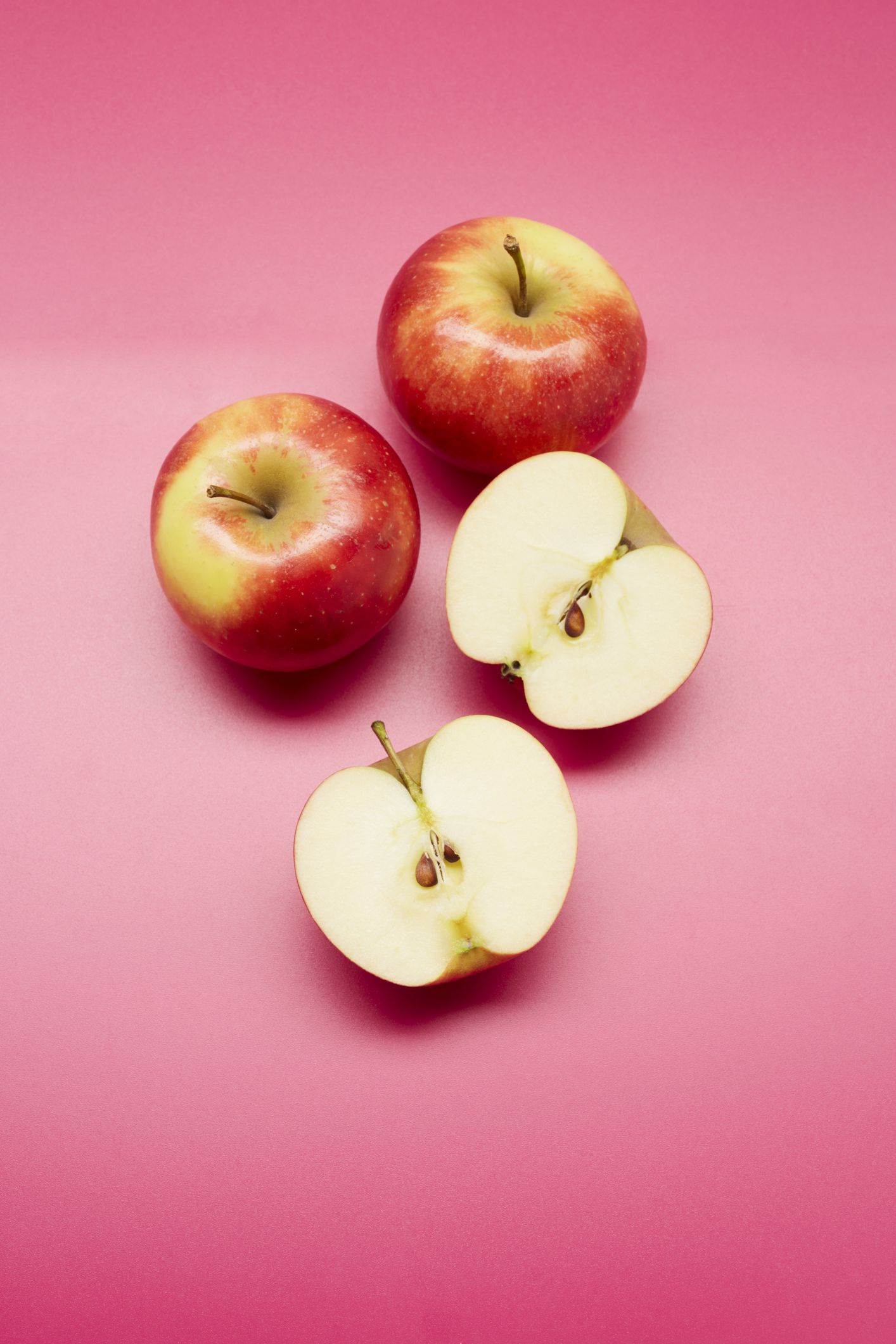
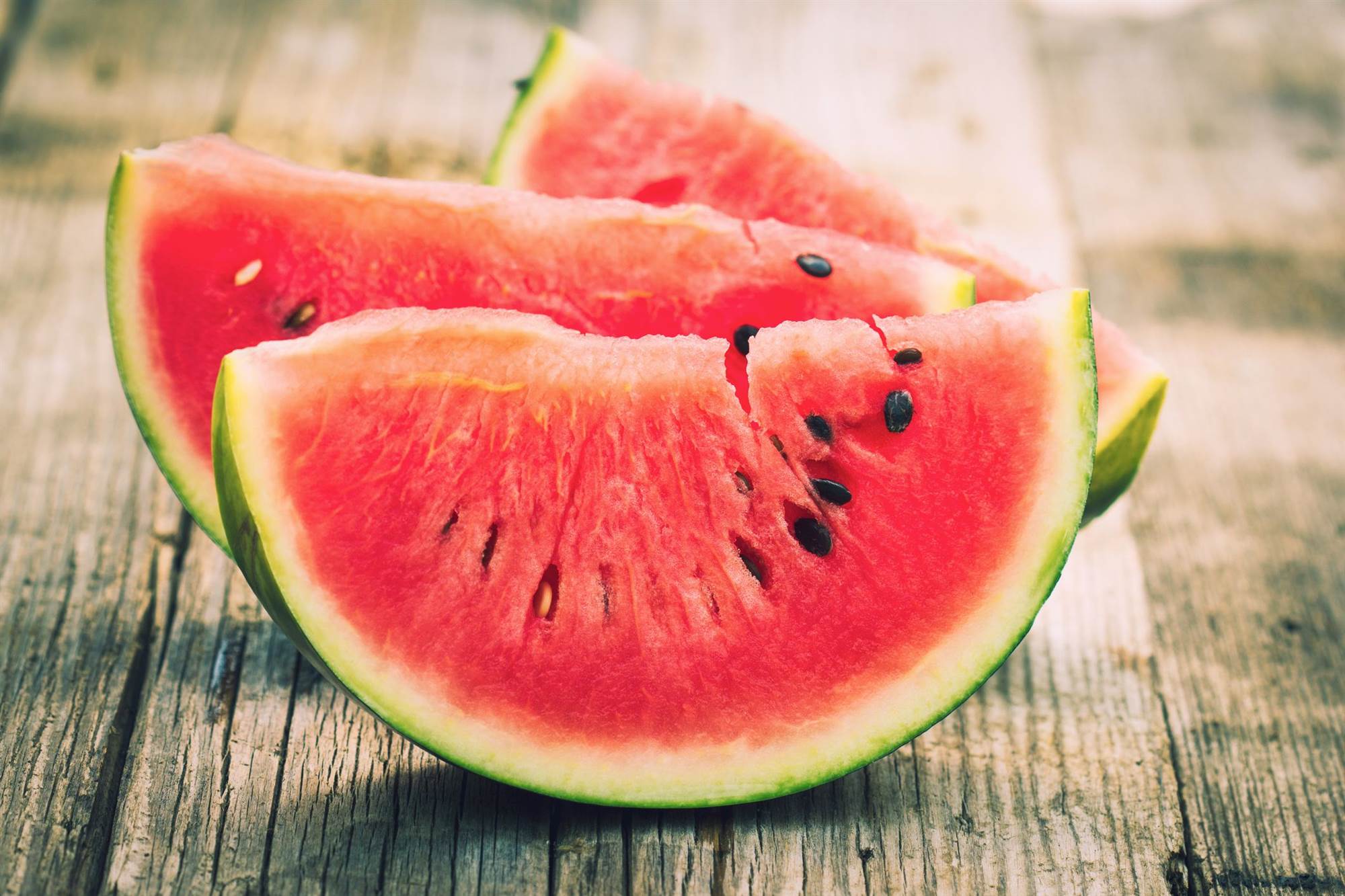
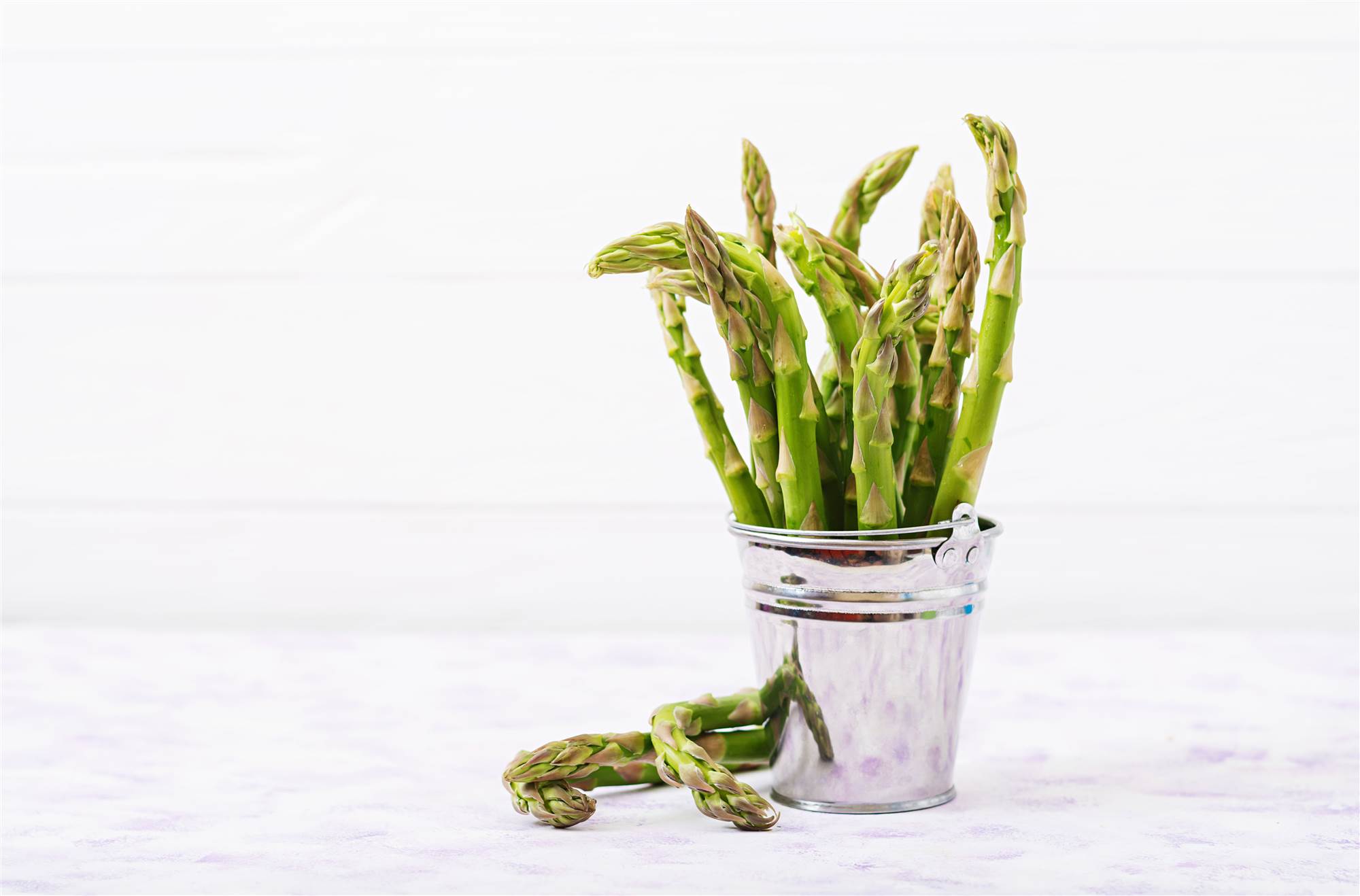
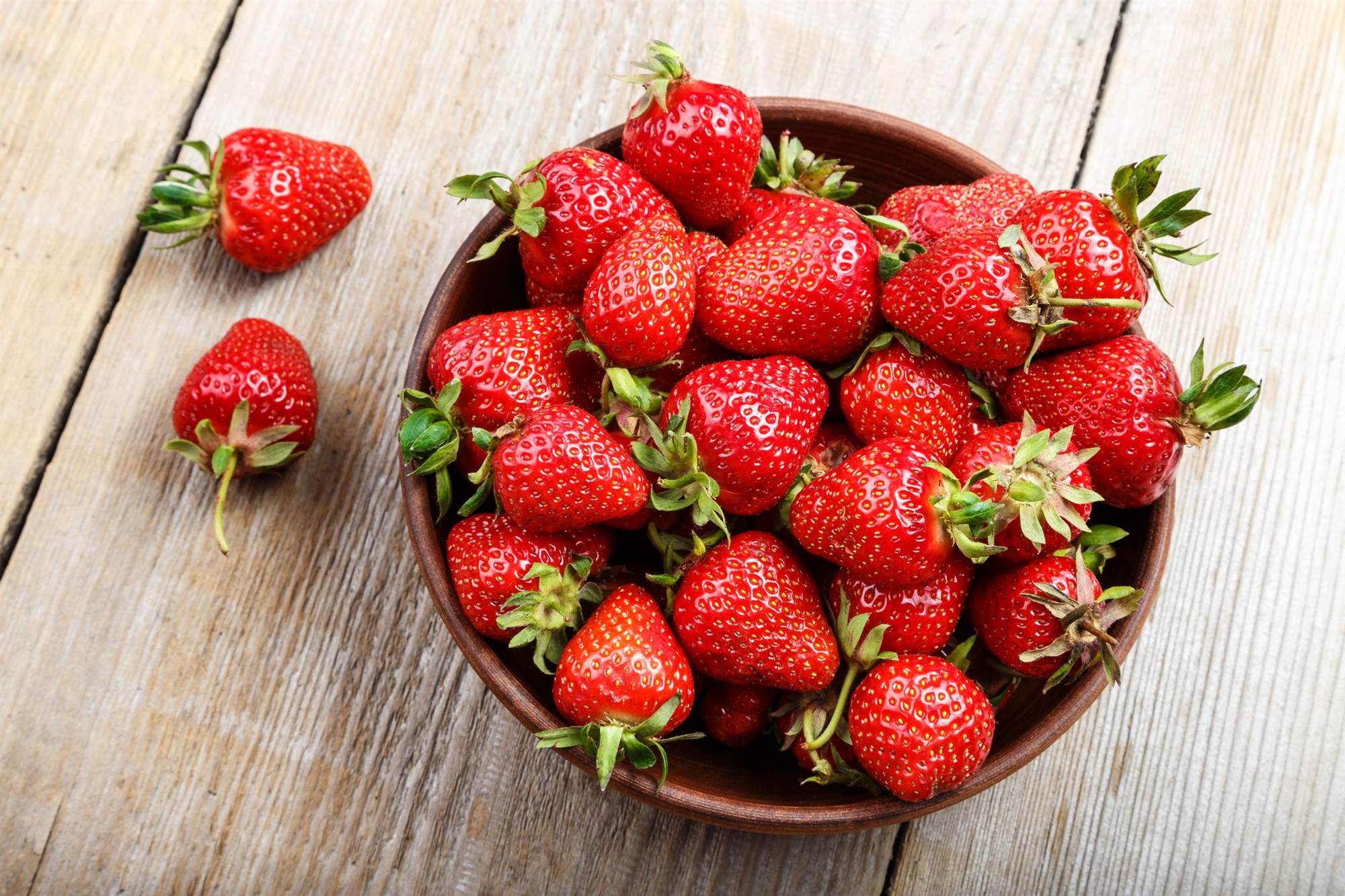
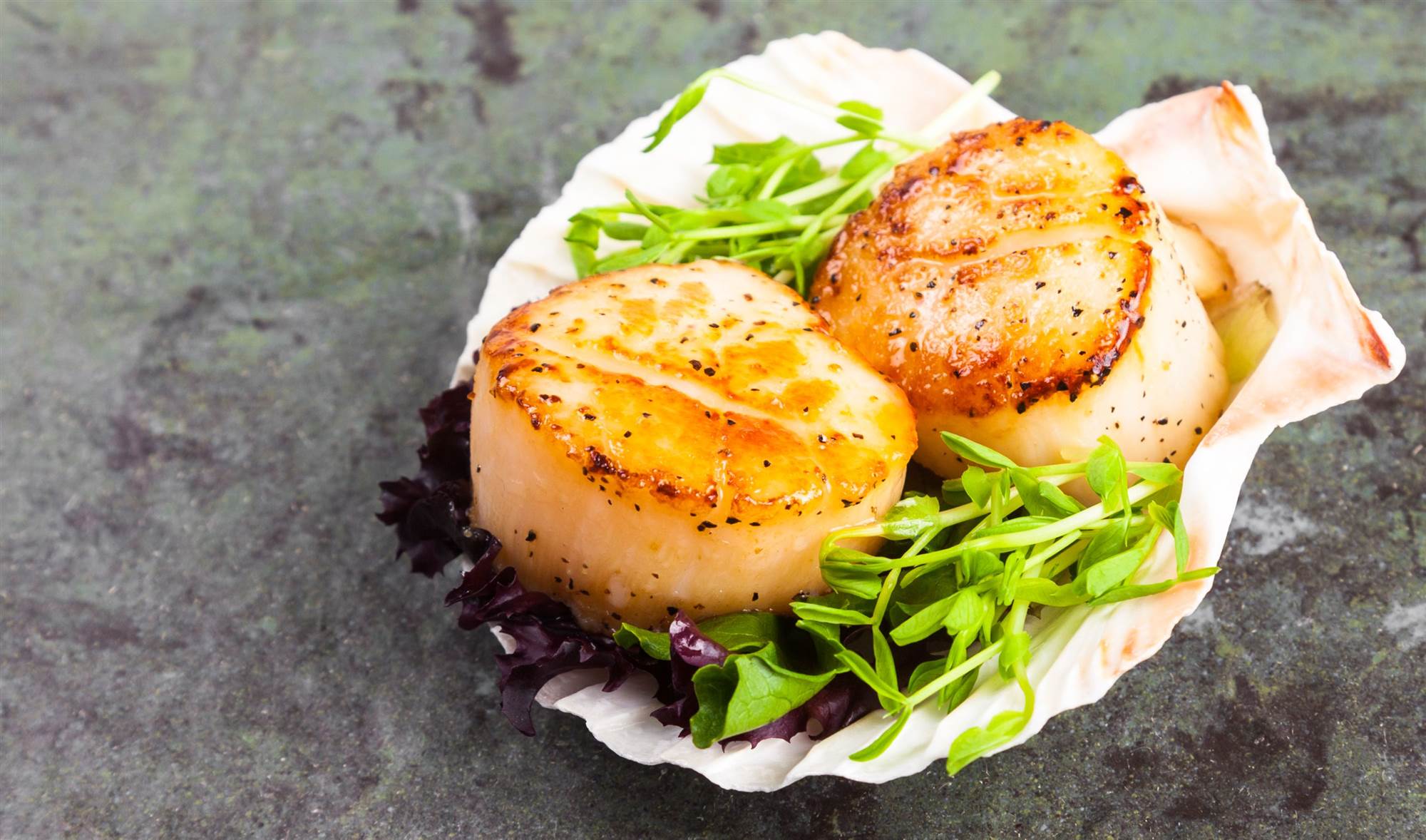
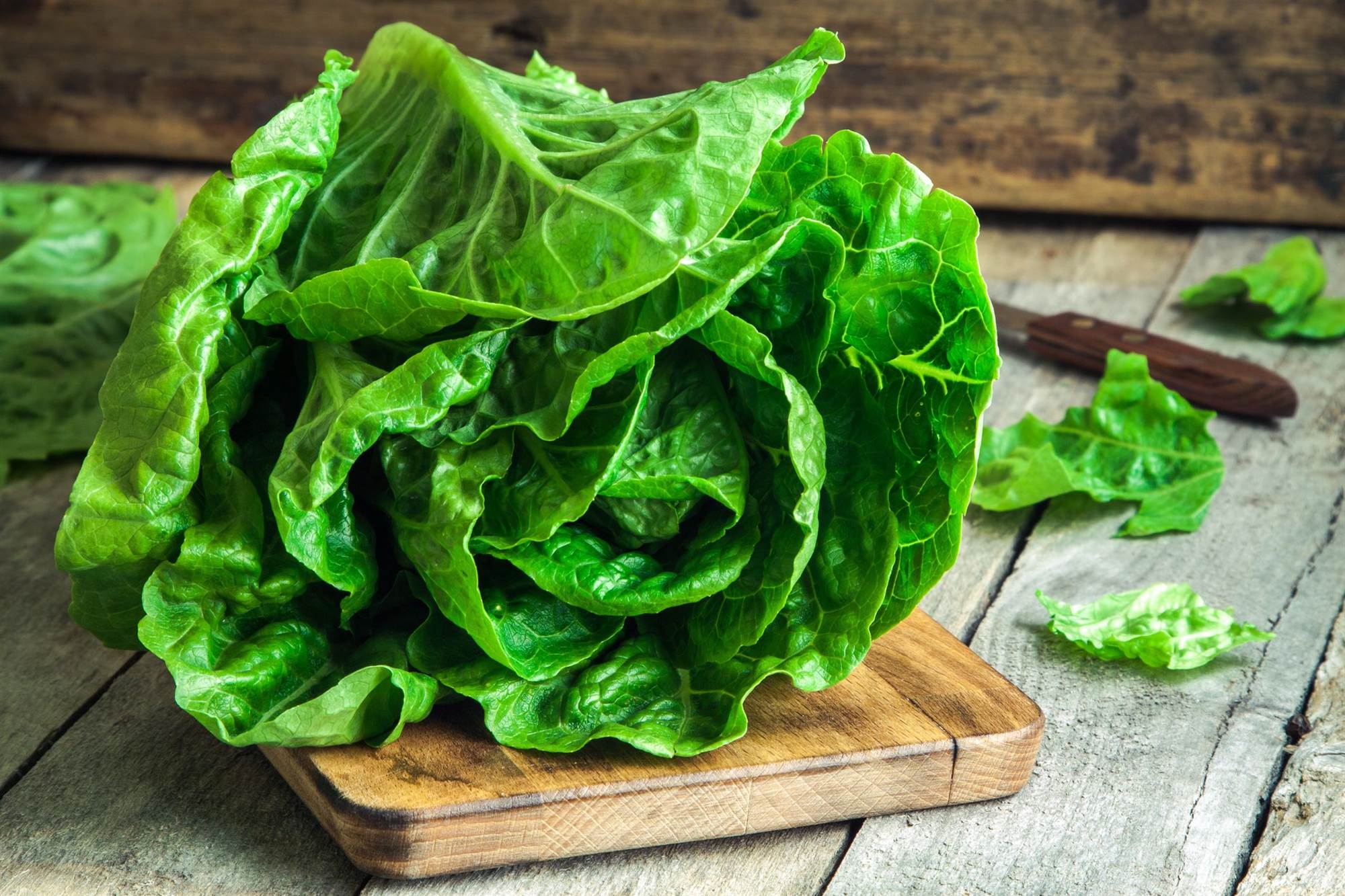

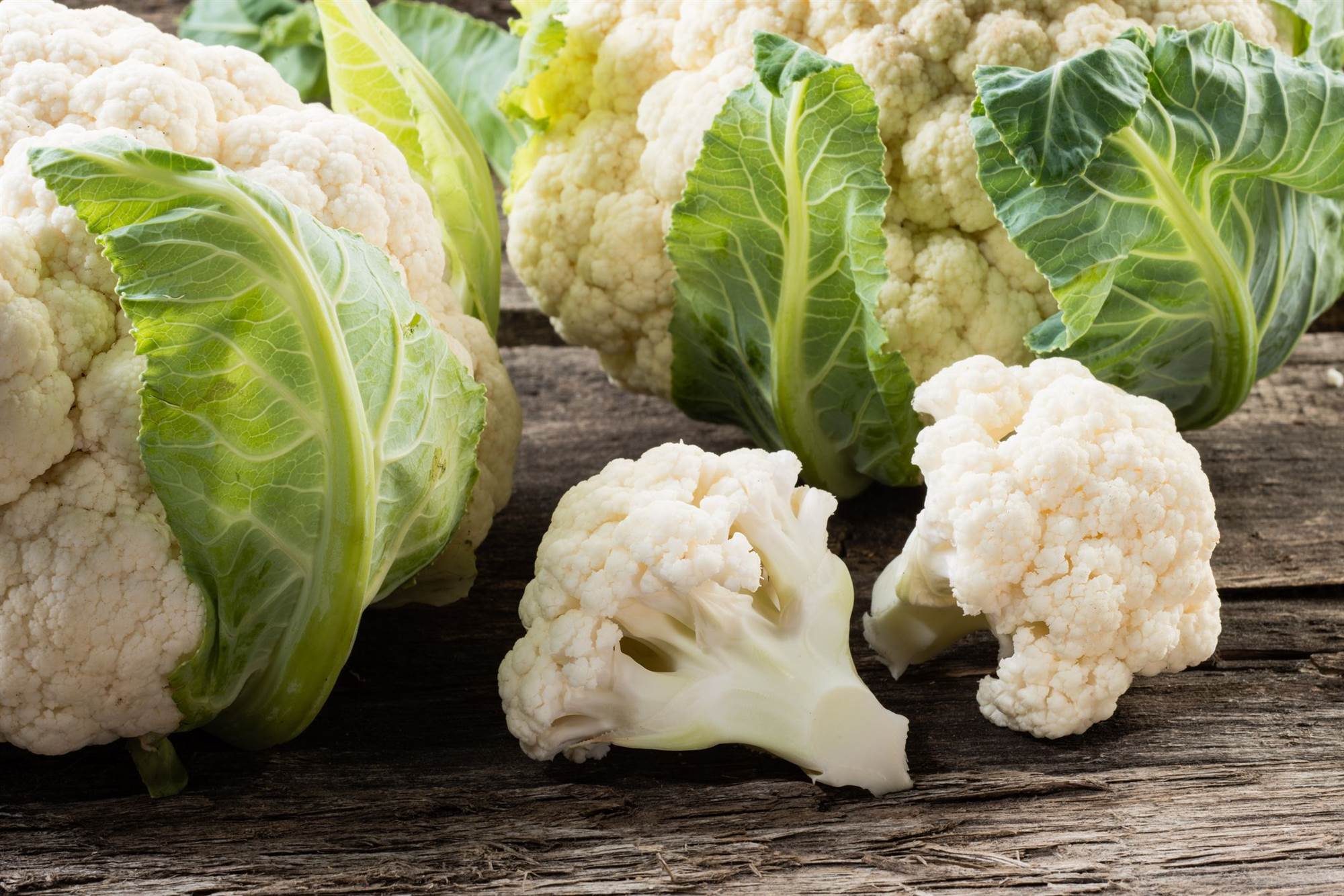

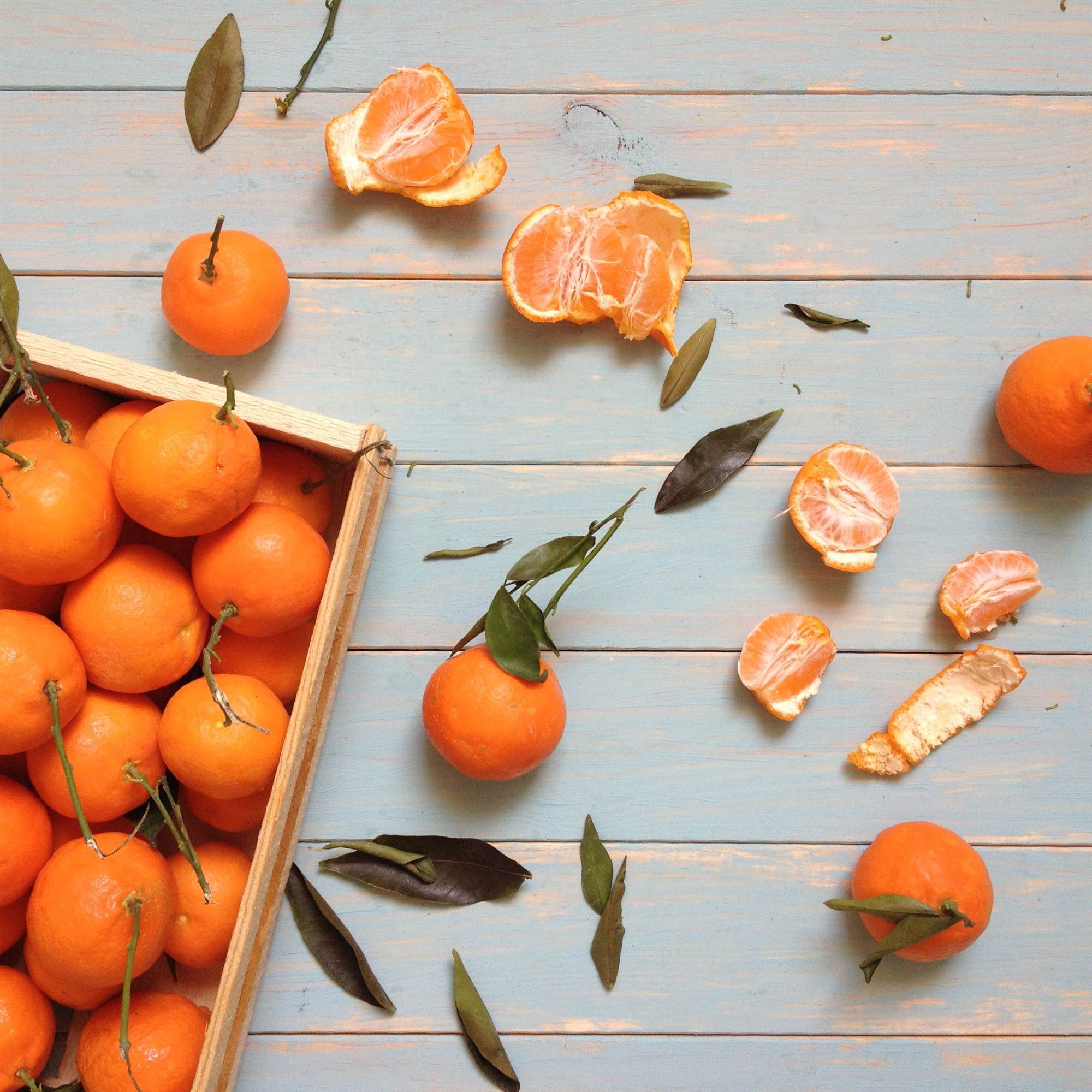
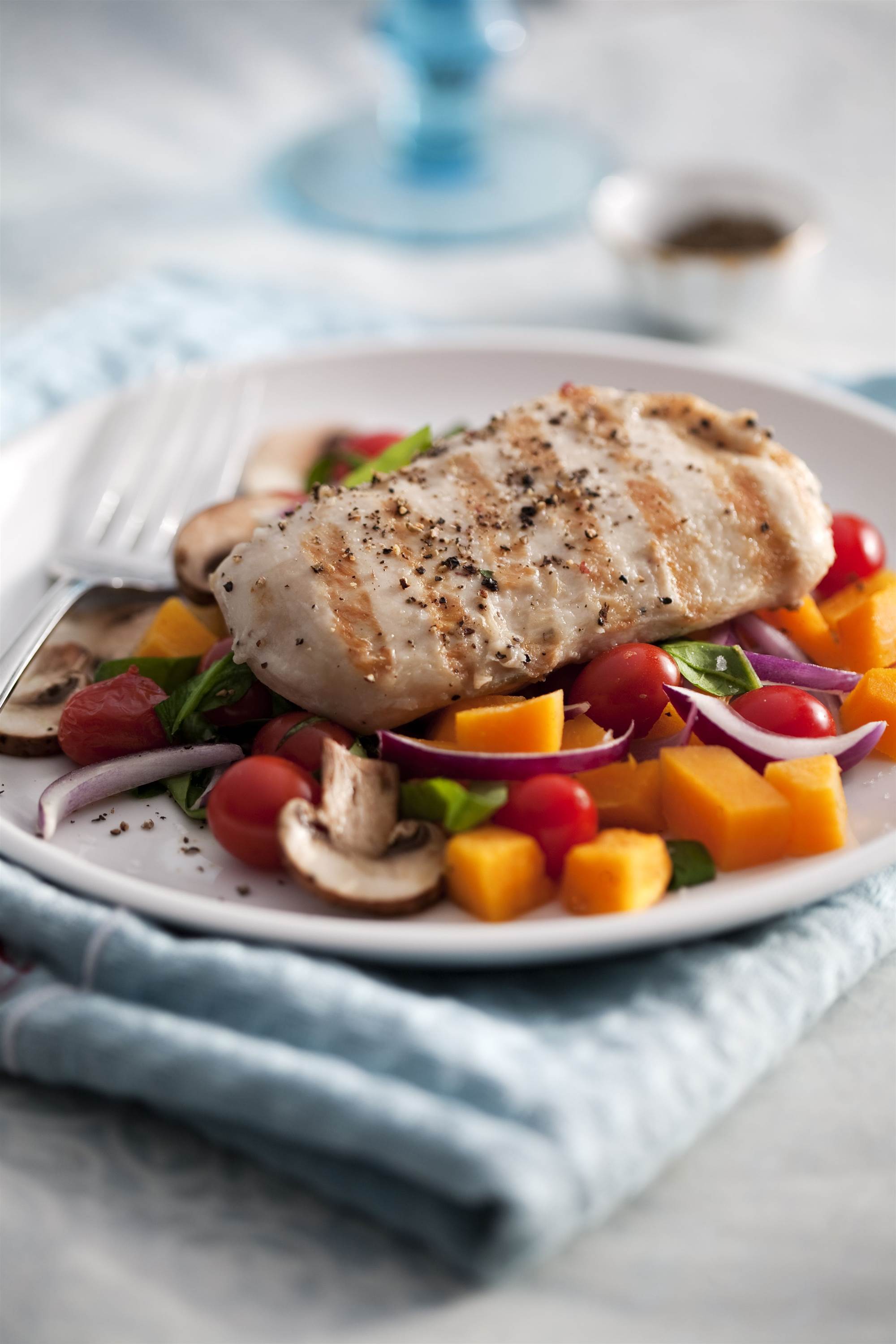
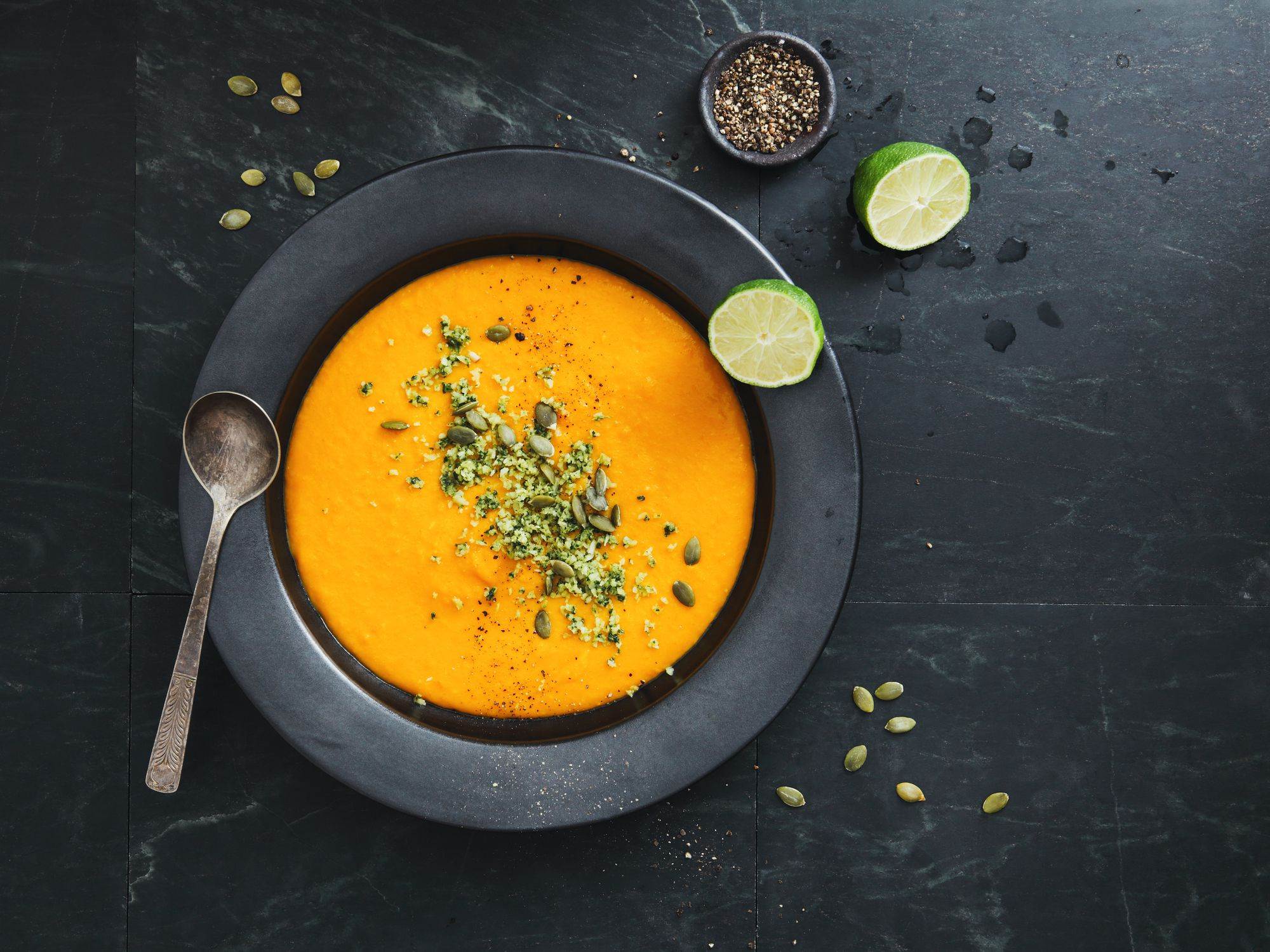
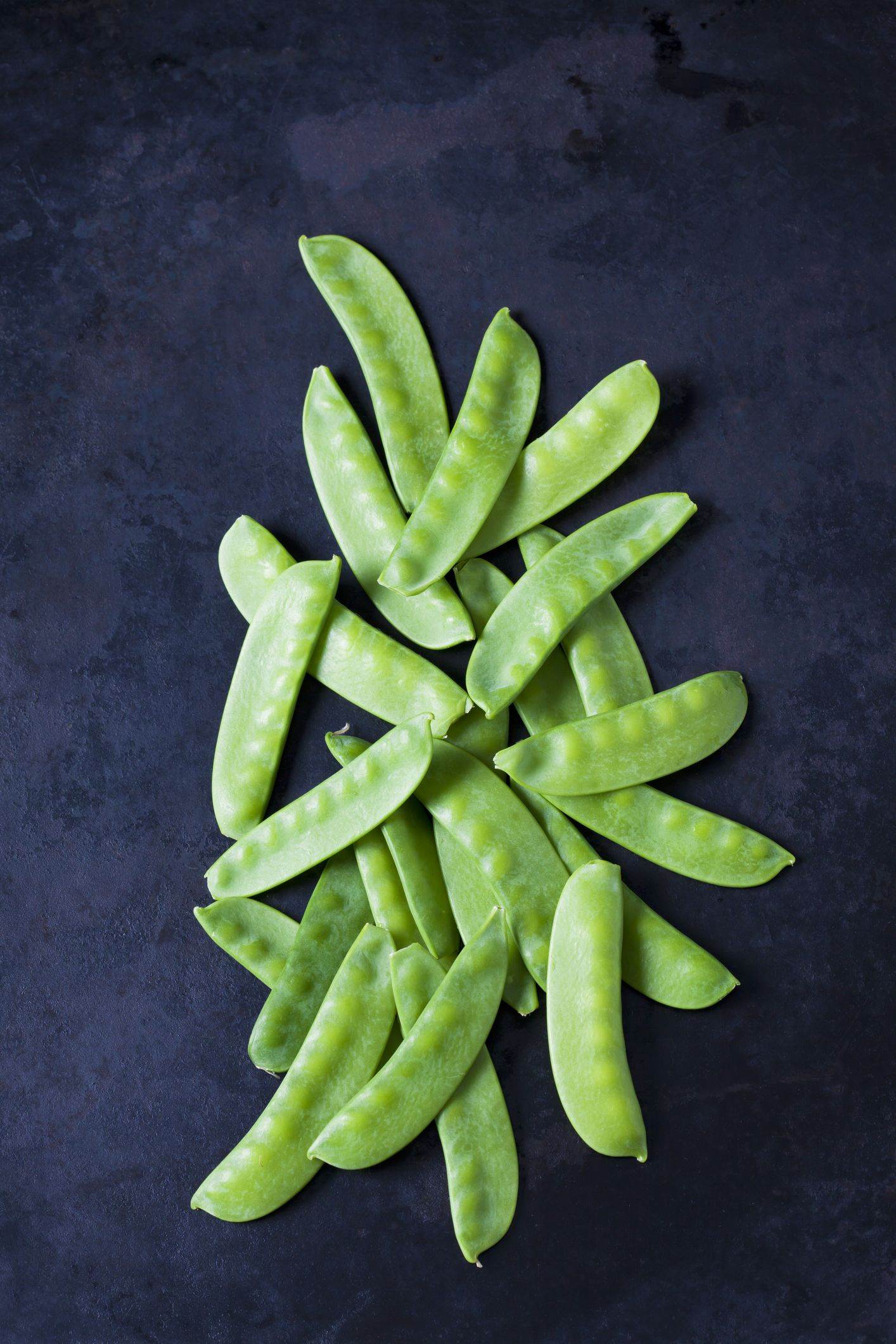
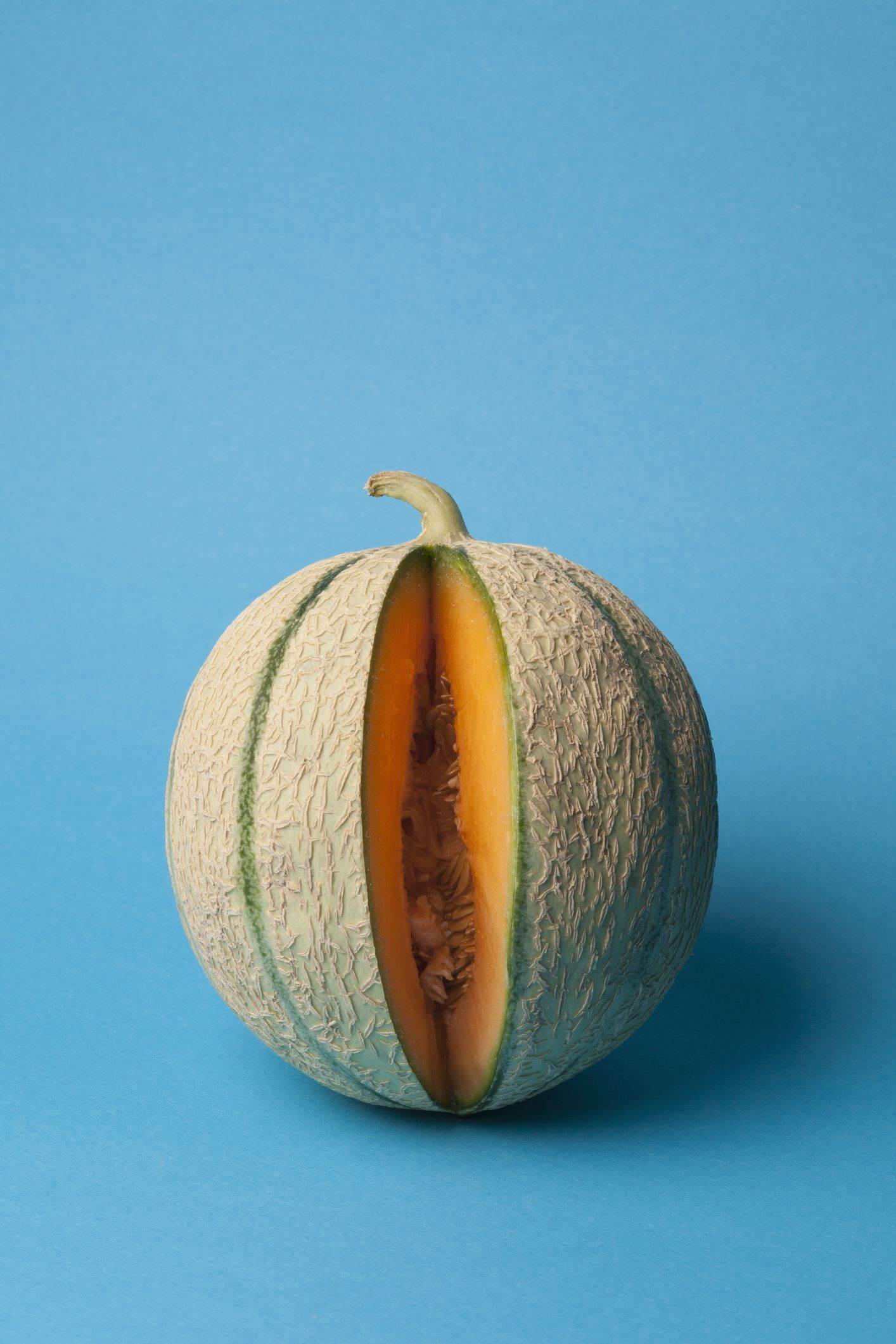

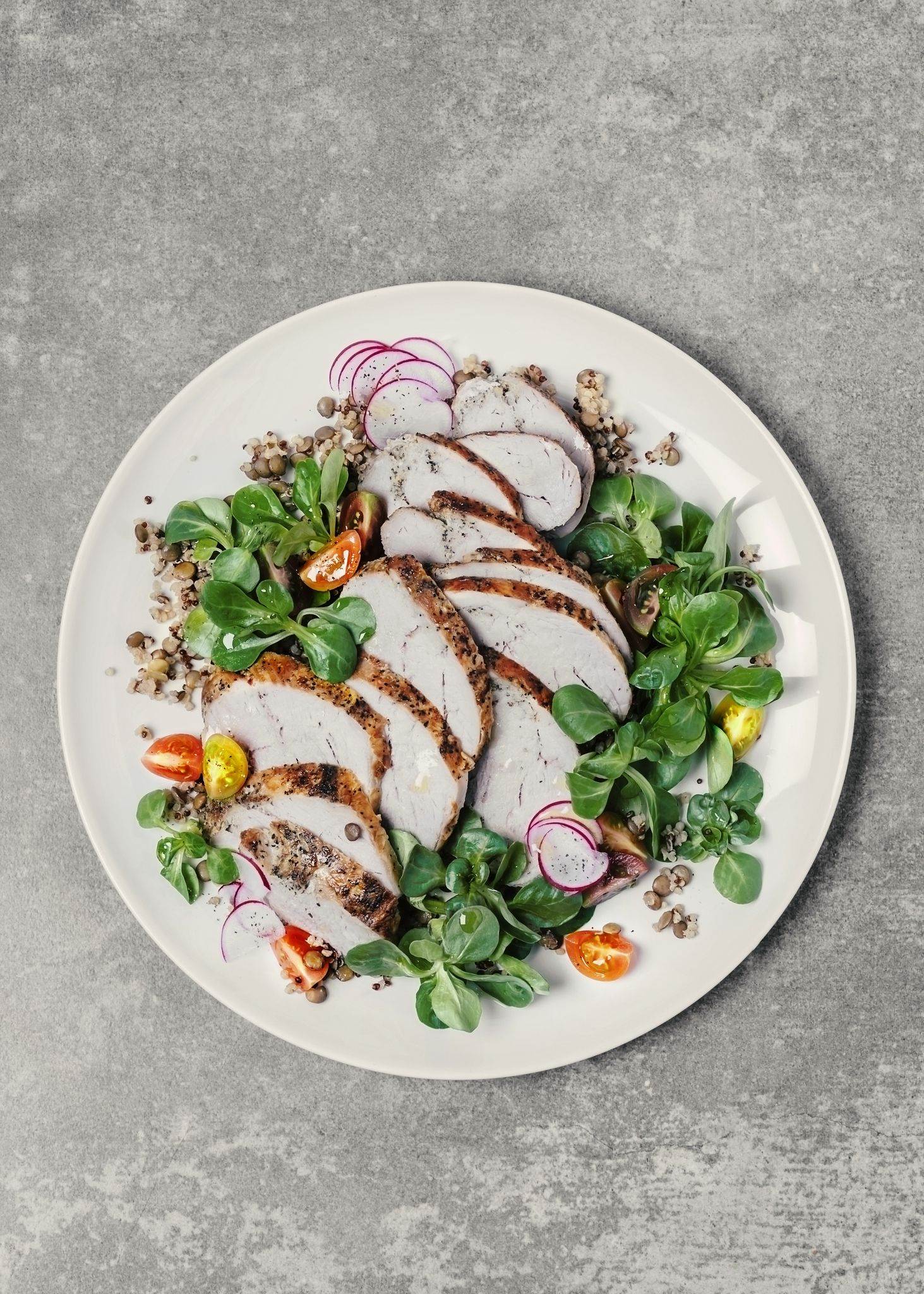
YelenaYemchuk ©Getty Images
Celery
At around 20kJ (5cal) per stalk, celery is one of nature’s lowest-kJ foods. And the whole veggie is guaranteed to be more satisfying than trendy celery juice. “You get nothing unique by juicing celery, but you do lose the fibre,” says nutrition expert Erin Palinski-Wade. And fibre is key for slowing digestion and helping you feel fuller, longer.
YelenaYemchuk ©Getty Images
Green tea
Not only is it kJ-free (when you skip the added sugar or milk, of course). Green tea is rich in epigallocatchin gallate (EGCG), an antioxidant that’s been shown to work in tandem with caffeine to promote fat burning. In fact, a May 2014 study found that people who sipped green tea regularly for 12 weeks lost up to 3 more kilograms than non-tea drinkers.
Try it: Take your love for green tea to the next level by incorporating matcha - whole leaf green tea - into your diet.
YelenaYemchuk ©Getty Images
Porridge
Swap it for a bakery-style muffin at breakfast, and you could save hundreds of kilojoules. A cup of porridge cooked in water has just 627kJ (150cal). To make it more filling, stir in half a cup of plain nonfat Greek yoghurt, recommends nutrition expert Shana Spence. You’ll add 11g protein-but just 250 extra kilojoules (60cal).
Try it: You'll never get bored with porridge if you mix things up with different ingredients. These slowcooker oat recipes pack everything from almond butter to chia seeds to coffee and coconut to excite your taste buds.
YelenaYemchuk ©Getty Images
Spinach
Don’t be shy about piling on these leafy greens the next time you have a salad or sandwich. You’d have to eat 15 cups of spinach to even crack the 418kJ (100cal) mark. So they’re a smart way to add filling volume to your meals, which is a proven strategy for weight loss.
YelenaYemchuk ©Getty Images
Rocket
Like spinach and other leafy greens, rocket lets you go big on the serving size for very few kilojoules. There's just 104kJ (25cal) in five whole cups.
Try it: Rocket lends a spicy flavour, which makes it a great for enhancing salads, soups, and sandwiches.
YelenaYemchuk ©Getty Images
Raspberries
They might look like little ruby gems, and indeed, they’re invaluable when it comes to losing weight. A cup of raspberries has only 267kJ (64cal) - along with a whopping eight grams of fibre. That’s around a third of what you should get in an entire day.
Try it: Top your salads with raspberries, puree them into a coulis, or fold them into muffins. Try these creative recipes with berries for more ideas.
YelenaYemchuk ©Getty Images
Low-fat cottage cheese
It’s got about one-fifth of the kilojoules you’ll find in most cheeses. Plus it’s higher in protein, serving up around 28 grams per cup. That can help keep your appetite in check for longer - and keep your metabolism revved. “About 30 percent of the kilojoules from protein are burned up in digestion, so eating protein-rich foods can help you burn a few more kilojoules each day,” Palinski-Wade says.
Try it: For a savoury mid-afternoon snack, spread some cottage cheese on whole-grain toast and top with radishes and fresh herbs.
YelenaYemchuk ©Getty Images
Radishes
Craving a crunchy snack? You could have a handful of potato chips for around 627kJ (150cal)…or an entire cup of sliced radishes topped with sea salt for just 80kJ (19cal). With numbers like that, which one would you pick?
Try it: Pickled radishes add a spicy kick to salads and sandwiches.
YelenaYemchuk ©Getty Images
Prawns
At 351kJ (84cal) for 90g, the tiny swimmers are a waistline-friendly protein option. (You’ll get 20 grams of the muscle builder per serving.)
Try it: To keep the kJ count low, prep your prawns by grilling, steaming, or baking them instead of frying or sautéing them in butter, Palinski-Wade says.
YelenaYemchuk ©Getty Images
Cabbage
We don't recommend trying to subsist solely on cabbage soup. But the veggie is crazy low in kJ - with just 75 in a cup of shredded cabbage. Use it to bulk up stir-fries, stews, or salads.
YelenaYemchuk ©Getty Images
Flounder
A 90g serving of flounder has only 300kJ (73cal), making it one of the lowest-kJ fish out there.
Try it: Tuck flounder into foil packets with garlic, lemon, and a drizzle of olive oil and baking them, suggests Palinski-Wade. The steam from the foil will keep the flounder moist and flaky without the need for tonnes of added fat.
YelenaYemchuk ©Getty Images
Cucumber
Try cucumber as a dipper in place of starchy crackers. An entire large cucumber has just 117kJ (28cal), but a measly handful of crackers will cost you 627 (150).
YelenaYemchuk ©Getty Images
Eggs
A large egg packs six grams of belly-filling protein for 292kJ (70cal). And they won’t just squash your appetite when you eat ‘em. Research shows that eggs can curb your kilojoule intake at your next meal too. Incredible? You bet.
Try it: Meal prep a week's worth of breakfasts with this breakfast muffin recipes. Packed with protein, fibre, and healthy fats, they'll keep you full until lunchtime.
YelenaYemchuk ©Getty Images
Apples
Research suggests that apples, which deliver around 418kJ (100cal) and four grams of fibre per serving, are one of the best fruits for weight loss. In fact, one study found that participants who added three apples to their diet per day for 10 weeks lost around a kilo.
Try it: These delicious apple oat muffins pack heartwarming spices to satisfy your sweet cravings, while the fibre in the apples and oats keep hunger at bay.
YelenaYemchuk ©Getty Images
Watermelon
In the mood for something cool and sweet? You could have half a cup of strawberry ice cream for 543kJ (130cal)…or a full cup of diced watermelon for just 192 (46). We’ll take the fruit, please.
Try it: If you like your salads with a hint of natural sweetness, toss in some watermelon.
YelenaYemchuk ©Getty Images
Asparagus
At just 301kJ (27cal) per cup, the veggie makes for one super low-kJ side dish. As an added bonus? Asparagus is rich in insoluble fibre, which findings suggest can thwart the release of hunger hormones and help keep your blood sugar stable.
Try it: This cumin grilled prawn and asparagus recipe calls for grilling asparagus with fresh oranges until they're lightly charred.
YelenaYemchuk ©Getty Images
Strawberries
Here’s a sweet, refreshing treat with just 221kJ (53cal) per cup sliced. What’s more, strawberries are rich in a special type of fibre called pectin. “It can help slow digestion and allow you to feel fuller longer. It also slows the release of sugar into the bloodstream, helping to prevent hunger-triggering blood sugar spikes,” explains Palinski-Wade.
Try it: Looking for a refreshing breakfast treat? These delicious strawberry smoothie recipes are loaded with vitamin C, potassium, and filling fibre.
YelenaYemchuk ©Getty Images
Scallops
They might taste indulgent, but five small scallops have only 104kJ (25cal). Just don’t undo the goodness by drowning them in butter or wrapping them in bacon.
Try it: It only takes a few teaspoons of olive oil to sear scallops, and you can add plenty of flavour with kJ-free seasonings like salt, pepper, and fresh herbs, Spence says.
YelenaYemchuk ©Getty Images
Lettuce
Want to cut the kilojoules in your sandwich or wrap? Swap your bread or tortilla for romaine lettuce. Each leaf has just 20kJ (5cal), compared to around 418kJ (100cal) per serving for the other options.
Try it: Check out these lettuce wrap recipes for delicious, no-fuss meals. They're so tasty you won't miss the carbs.
YelenaYemchuk ©Getty Images
Zucchini and yellow squash
Each cup of zucchini or yellow squash has just 79kJ (19cal) - and loads of culinary potential.
Try it: Swap spiralised squash for wheat pasta, or puree it and add it to muffins, quick breads, or even meatloaf to cut kilojoules and fat while bumping up the fibre, recommends Palinski-Wade.
YelenaYemchuk ©Getty Images
Cauliflower
Cauliflower is a good source of vitamin C, potassium, and plant-based omega-3 fatty acids. At just 112kJ (27cal) per cup, this versatile veggie can be used in place of higher-carb foods in some of your favourite dishes.
Try it: Use cauliflower in place of other white foods like rice, mashed potatoes, pizza crust, and even desserts.
YelenaYemchuk ©Getty Images
Black beans
At 476kJ (114cal) per half cup, they’re one of the lowest-kJ beans you can eat. Better yet? They’re also loaded with protein and fibre, a winning weight loss combo that can help stave off overeating, Spence explains.
Try it: Add black beans to your tacos for filling, plant-based protein, or bake them in a sheet pan with your favourite veggies.
YelenaYemchuk ©Getty Images
Mandarins
Like oranges, they’re a tasty, tangy treat. But unlike their larger cousins, each of these little citrus fruits has just 146kJ (35cal). Sweet!
YelenaYemchuk ©Getty Images
Boneless skinless chicken breast
It’s a weight loss staple food for a reason. A 90g serving of boneless skinless chicken breast has only 426kJ (102cal) - but nearly 20 grams of protein.
YelenaYemchuk ©Getty Images
Pureed pumpkin
Use it in place of butter to lighten up muffins, breads, or even brownies in a big way, Spence recommends. Half a cup of butter packs a whopping 3,347kJ (800cal), but the same amount of pumpkin puree has only 40.
YelenaYemchuk ©Getty Images
Snow peas
There are only 125kJ (30cal) in half a cup of the crisp green pods - but a tonne of different ways to use them.
Try it: Toss snow peas into stir-fries, chop them and use as a base for hearty salads, or snack on them raw with your favourite dip.
YelenaYemchuk ©Getty Images
Rockmelon
Melons like rockmelon have a high water content, so they’ll fill you up for very few kilojoules, says Spence. Case in point? An entire cup of cubed rockmelon is just 234kJ (56cal).
YelenaYemchuk ©Getty Images
Popcorn
Unlike most other salty snacks (hello, pretzels and chips!), air-popped popcorn is actually good for your waistline: Each cup has just 129kJ (31cal) and 1g fibre. Plus, findings suggest that it’s actually more satisfying than those other nibbles.
Try it: Save major kilojoules by making homemade popcorn. Swap extra-virgin olive oil for butter and season with your favourite spices and herbs, like cinnamon, paprika, or thyme.
YelenaYemchuk ©Getty Images
Pork tenderloin
Low-cal might not be the first thing that comes to mind when you think of pork. But cuts like pork tenderloin are actually super lean: A 90g serving has just 510kJ (122cal).






